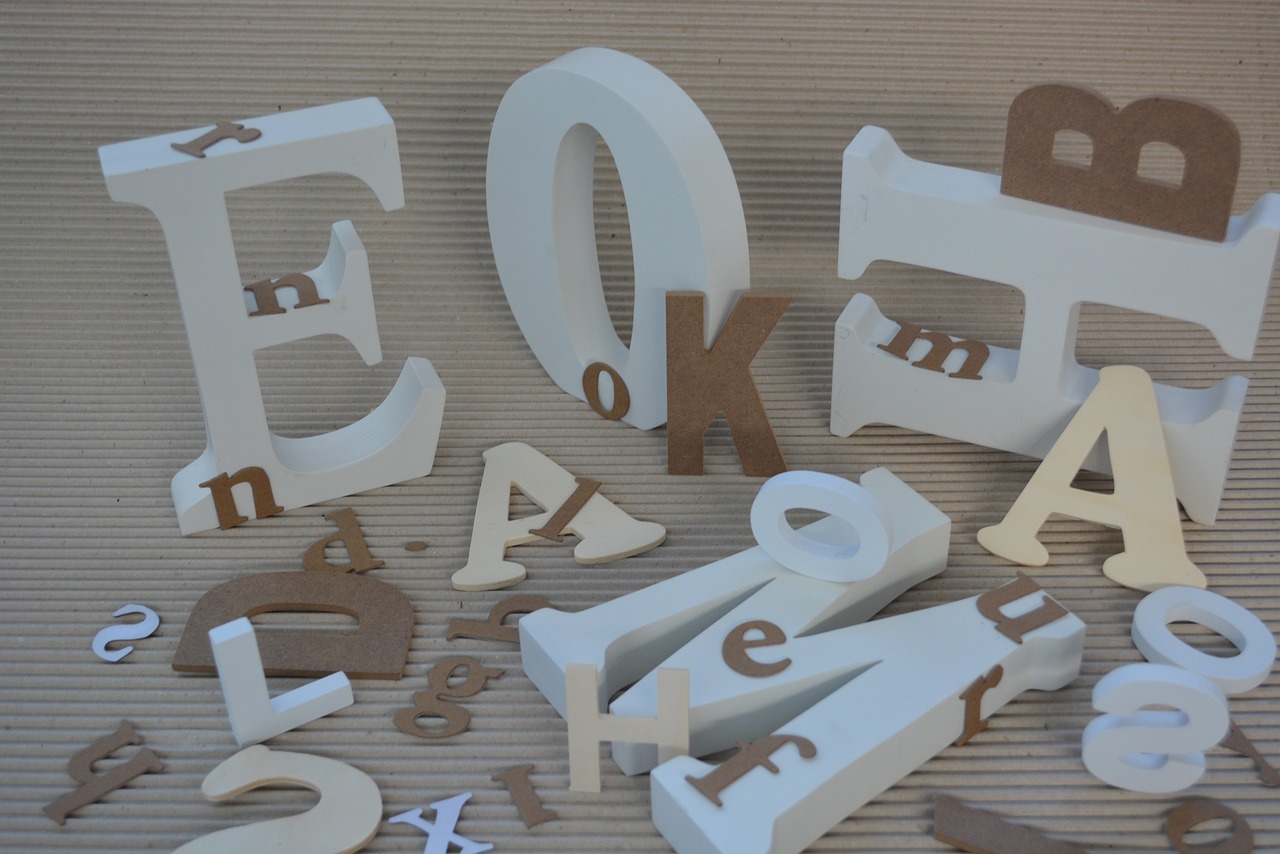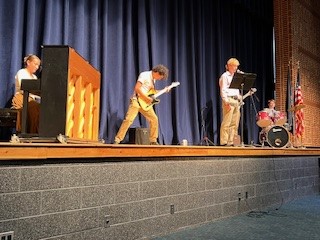When text is displayed, it is imperative that it has the correct font for the job. For example, a business contract, likely looking for formality and readability, would definitely not go with a font with very thick letters, or one that flows over the paper – glamorous, but hard to read. On the other hand, a sign outside with the sole purpose of catching attention is made for these fonts.
Many people take for granted the wide selection of fonts available online, but it wasn’t always this way. Around the time of the invention of the movable type printing press in 1439 by Johannes Gutenberg, the only inspiration for type was handwriting, which at this time was mostly done by scribes. So, for the first few hundred years, most typefaces looked quite similar, with differing line widths based on the quill strokes of medieval scribes and serifs that can trace their origins back to stone-carved letters of the Romans. Nicolas Jenson, famed typist, can be attributed to the Romanization of the style in the late 1400s.
It can be surprising to learn that some of the oldest typefaces in existence are still common in books today. Fonts such as Garamond EB and Centaur have been used in popular books such as the Harry Potter and Percy Jackson series respectively, and both of those date back to the 15th century.
After a while, type started to gain some other uses besides books. Display fonts brought a new world to typography, where the main goal was no longer legibility and readability but solely to attract viewers to get them to find out more, such as an advertisement. Flashy fonts may be taken for granted today, but back in the day, signage had to be created by hand, which could take hours.
Creating a typeface also used to take a very long time. These days, we have many digital design tools built specifically for typography. In the early age of typography, new faces had to have their molds hand-cut by professionals in order to have any semblance of looking usable.
Typography is a skill that goes back hundreds of years, and we should be thankful for how much it’s changed the way people read. Most people on Earth today are literate thanks to mass-produced books, printed on machines inspired by the printing presses of old. Type is much more important than it may seem at a glance.







